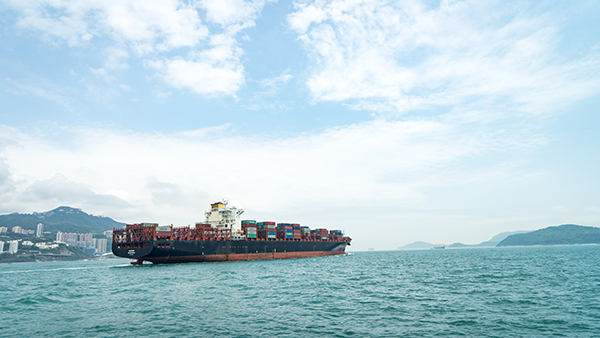7.3 How to Flex Assets in order to become more Frugal
 Flexing assets
Flexing assets
Does mass production meet increasingly diverse customers? Does it manage resource scarcity efficiently? Old style mass production seems to be inflexible and environmentally unfriendly.
Why? Because:
- They are giant, energy-hungry factories.
- Demand huge supply.
- Demand expensive logistics to transport goods to thousands of retails stores worldwide.
The idea of mass production factories was to make more product in less time with increasingly lower cost, achieving the economy of scale. Doing one thing repeatedly was possible until it fulfilled standardized needs of customers.
How to flex assets?
How to apply frugal approach in manufacturing, distribution and services? In manufacturing, the changes should be focused on:
New materials, which are the major costs in the whole product lifetime, also when they end up in the landfill.
Example – car producers started to use carbon fibre, which initially was used in planes and space aircraft. The reason for this is because of its “lightweighting”. Carbon fibre combined with resin results in material which is as strong as steel, but weight half the weight of steel. BMW uses such solutions in its i8 electric car, which is lighter comparing to conventional cars and thus consume less energy.
New tools, like 3D printers, which can reduce manufacturing costs of customized products. What is more, 3D printers can work with various types of materials, including glass, plastic, ceramics, steel and even concrete.
How to flex assets?
In logistics, the changes should be focused on:
Reshoring – a few decades ago the way to cut costs was to transfer production to low-cost destinations like China. Now reducing costs means returning to developed countries. Why? Shipping costs are rising. It also contributes to carbon emission. Therefore, companies like Zara decide to near-shore operations to be close to the European market. More economically friendly!
Sharing resources – an example of sharing economy has become more and more popular among companies. It allows companies to cut costs of transport and warehousing, and also to deliver goods to remote villages.
Example: Cocoa Cola agreed to deliver life- saving medicines in their a temperature-controlled supply chain. Mars co-operates with its competitors in Germany and uses a joint distribution network. Ferrero and Hershey, competitors in chocolate production, decided to share warehousing and vehicle fleets in North America.
Using robots – cheaper and safer for people. For instance, Amazon in Poland started its pioneer project of using robots to work in warehouses.
 How to flex assets ?
How to flex assets ?
In services, various business models and digital technologies can be implemented, for instance:
Multi-service platform. Example: Amazon, extended its initial main service – sale of books, and started selling music and household goods. Then customers could sell goods among each other using a peer-to-peer platform. One of the latest extensions of the offer was cloud computing.
Advertising campaign engaging customers. “Share a Coke” campaign was conducted in Australia in 2011. 150 of the most popular Australian names were printed on the Coca Cola’s bottles. “Share a Coke” campaign was spreading a message ”If you know a Kate, share a Coke with Kate, or Mel or Dave”. As the feedback, Coca Cola received another 65,000 suggestions of names, of which Coca Cola decided to print 50 more. The campaign was a big success and resulted in increased sales volume.
Sustainable solutions
We highly recommend you to read MODULE 5 on “Sustainability and Social Inclusion in Frugal Innovation.”
Interesting facts, important trends and examples of sustainable solutions were presented there.



